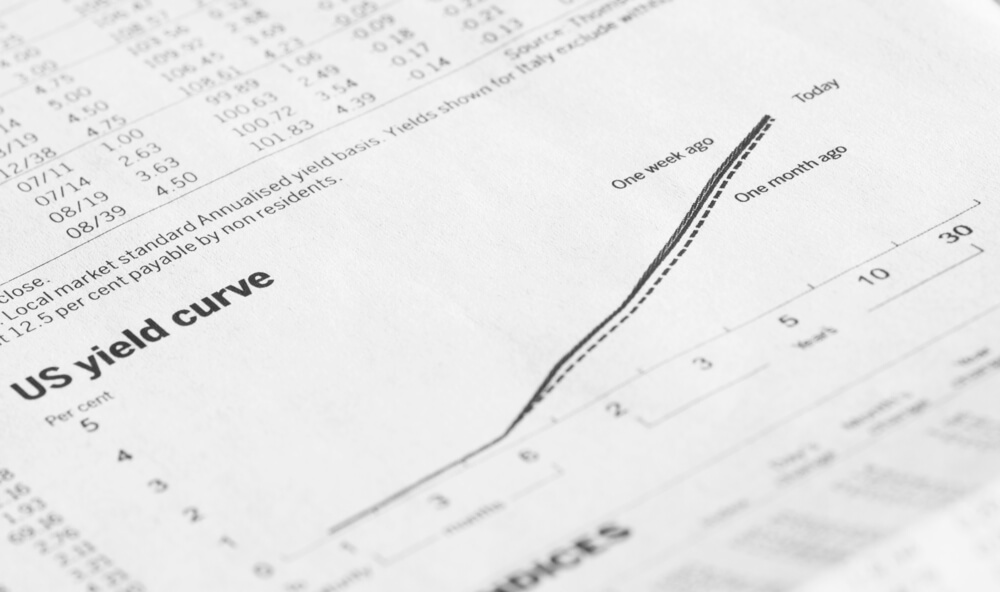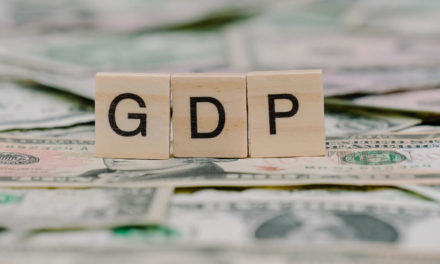A pair of Bank of America economists said in a recent note that the inverted Treasury yield curve is no longer a reliable sign of recession and actually what matters most is the level of the curve itself.
The Fed actually is flirting with inversion, likely because its policymakers see its waning predictive power in a low-yield, global environment, Bank of America’s Ethan Harris and Aditya Bhave said.
Economists and those in academia have been studying the yield curve for decades. University of Chicago economist Reuben Kessel was one of the first to tie term spreads to the phases of the economic cycle back in 1965. Researchers in 1998 concluded that the 10-year and 3-month Treasury spread performed better than any other indicator at signaling a future recession.
That could be about to change again in 2019.
Per Bloomberg:
One widely-watched part of the curve inverted on March 22 for the first time since the financial crisis when a surge of bond buying, driven by lower growth projections and the prospect of Fed easing, upended the gap between three-month and 10-year yields. Meanwhile, the spread between 2-year and 10-year yields has stayed near some of the flattest levels in more than a decade since December.
In fact, the Fed has the power to “prevent or quickly undo” an unwanted inversion, the BofA economists said. With central banks operating on both ends of the curve, “the level of the curve matters more than the slope,” they said.
The Fed “is not sleep-walking over a cliff” and “has concluded that an inverted curve is not what it used to be and never was the sole relevant financial indicator,” Harris and Bhave said.
The two-year to 10-year spread has inverted before each of the past five recessions, except for one false signal in 1998. The curve typically turns negative late in the business cycle when policy makers have overshot the neutral policy rate to slow above-target inflation.




